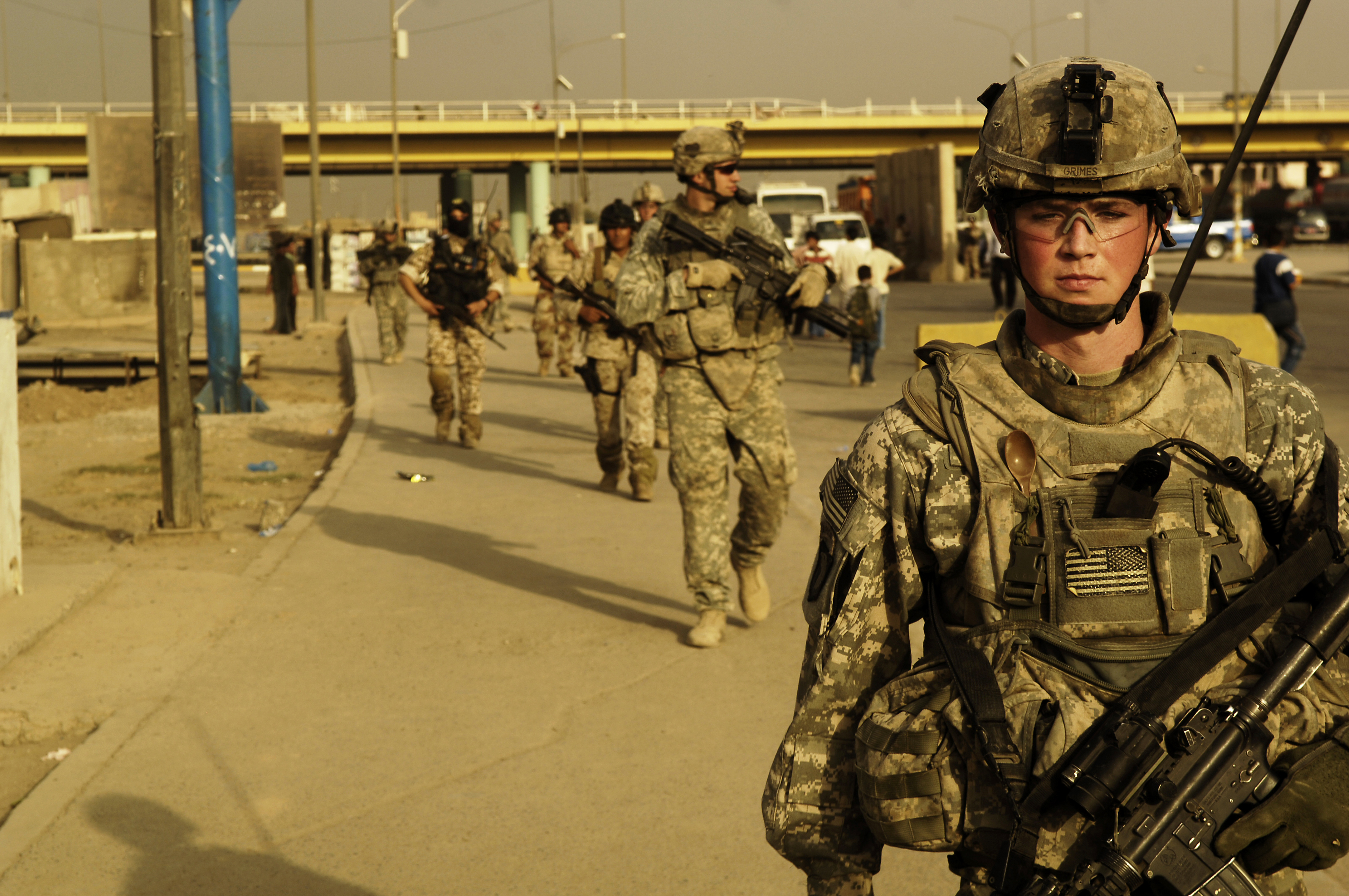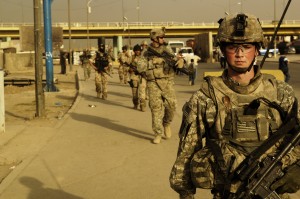Our obsession with war


Last week while scrolling through my Twitter feed, I came across a poorly taken photo of a child.
Normally this wouldn’t be worth mentioning, but this child — no more than five or six years old — was without a head. The caption on the photo read: “Pray for Gaza.”
In the past couple of months, especially with the emergence of conflict in Gaza, Ukraine, Iraq, Libya and Nigeria, images as ghastly as that of the headless child have besieged the Internet, ostensibly with the aim of drawing sympathy from those who would otherwise be unconcerned with conflict.
Or perhaps these images are being circulated in order to sway the gullible towards one side of a conflict or another.
If that is the case, a photo of a headless Palestinian child may be circulated strategically in order to draw sympathy for the Palestinian cause at the expense of the Israeli’s.
Likewise, a photo of a wounded Israeli Defense Force soldier may be circulated in order to draw sympathy for the Israeli cause at the expense of the Palestinian’s.
Nonetheless, what matters most is that regardless of the agenda behind them, these images are bleak and gruesome, and in a world more perfect than ours they ought to suffice to prevent future occurrences of violent conflict.
But they don’t; probably because the ubiquitousness of the images has done more to desensitize than it has done to draw sympathy.
This is evident in that fact that, as appalled as I was with the photo of the headless child, I kept scrolling and resolved to dwell on the fact that I was quite powerless.
However, not everyone is as powerless. There are those people who, as a result of holding one position of power or another, are able to prevent war (or prevent the most adverse effects of war), yet, either through action or inaction, they fail to do what is right.
They settle instead for the bellicose attitude that should no longer have a place in modern society, interconnected as it is.
We are led to believe that war is an unavoidable tool, and in the process, we dehumanize our enemies, just as they dehumanize us, and we fail to seek more sensitive ways to understand them, just as they fail to seek more sensitive ways to understand us.
This ultimately leads to a circle of doom filled with fanatics and blind patriots, intoxicated on the idea that war is a legitimate method to resolve disputes.
In “War Is a Force That Gives Us Meaning,” Chris Hedges explains this circle of doom perfectly.
He writes, “In the beginning war looks and feels like love. But unlike love it gives nothing in return but an ever-deepening dependence, like all narcotics, on the road to self-destruction. It does not affirm but places upon us greater and greater demands. It destroys the outside world until it is hard to live outside war’s grip. It takes a higher and higher dose to achieve any thrill. Finally, one ingests war only to remain numb.”
With that said, there have been some explicit efforts to cure humanity of the chauvinistic disease that is almost always the cause of war. Such efforts include the Kellogg-Briand Act (1928), which bound signatories to avoid the use of violence in resolving dispute; the General Act for the Pacific Settlement of International Disputes (1929), which created several alternative mediums for resolving disputes; and more commonly, the four treatises that make up the Geneva Convention.
However these efforts, innovative as they are, have been impinged in turn by the radical evolution of violent conflict in recent years.
On one end, guerrilla warfare tactics have gone from being unconventional to being commonplace, and the terrorist has become the archetypical 21st century soldier.
On the other end, just as we are able to send messages around the world in no time, some are able to drop drone missiles — perhaps at a wedding, or a funeral or a birthday party — with the aim of neutralizing half dozen terrorists or less: a calculated risk, leading to no more than a few hundred civilian casualties.
At the end of the day, while I lay to rest, deep in thought, I remember the photo of the headless child, just as I remember other devastating images of war and wonder how many more children will be born just to die, headless.
I also hope, naively, that someday we might evolve beyond our love affair with war, and rediscover our collective humanity.

